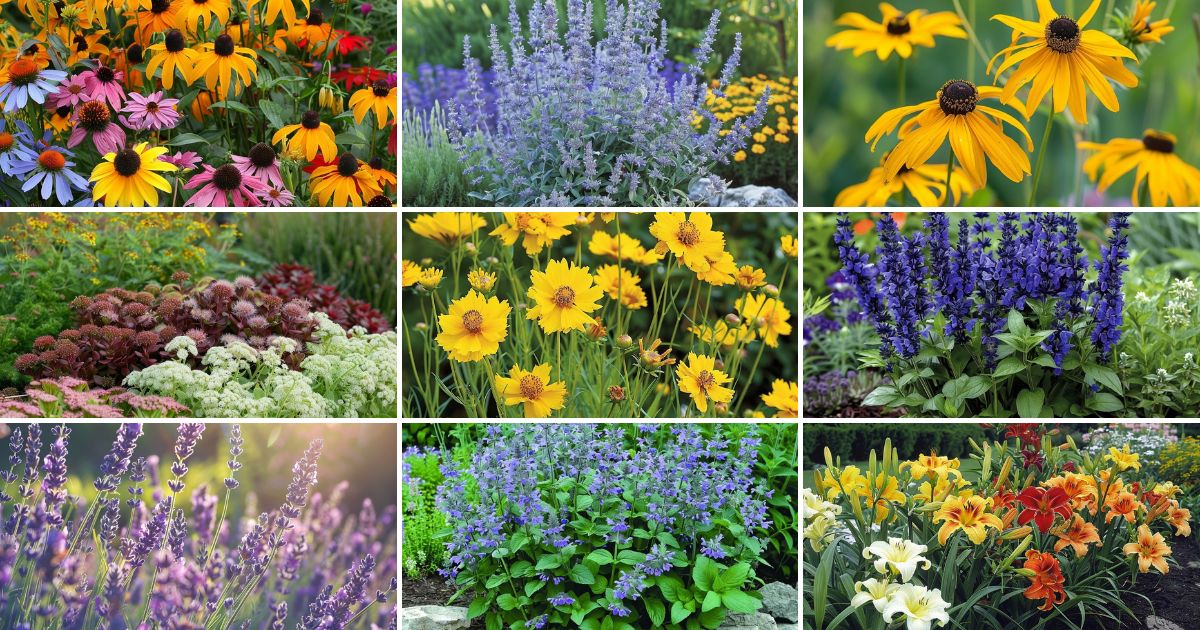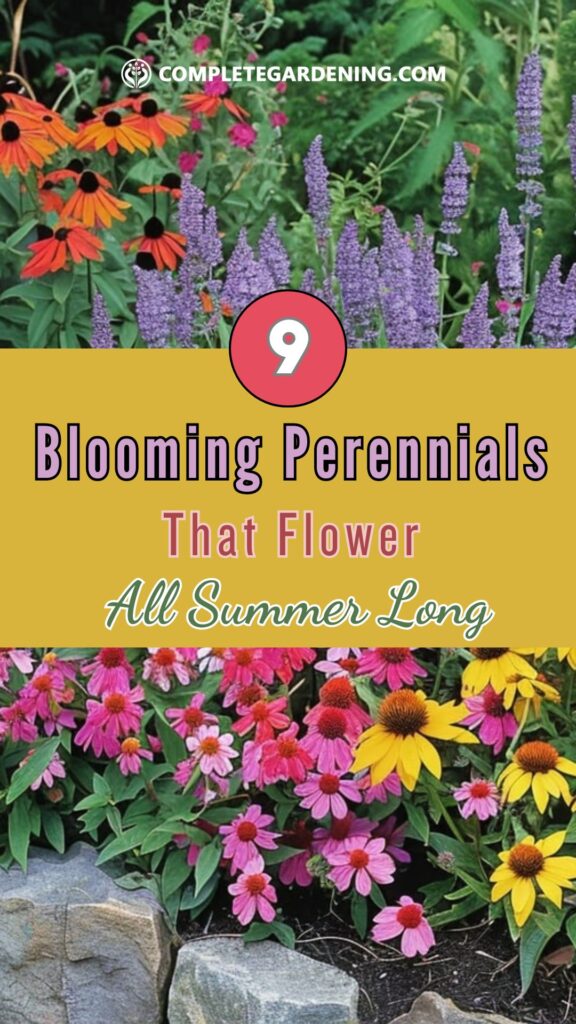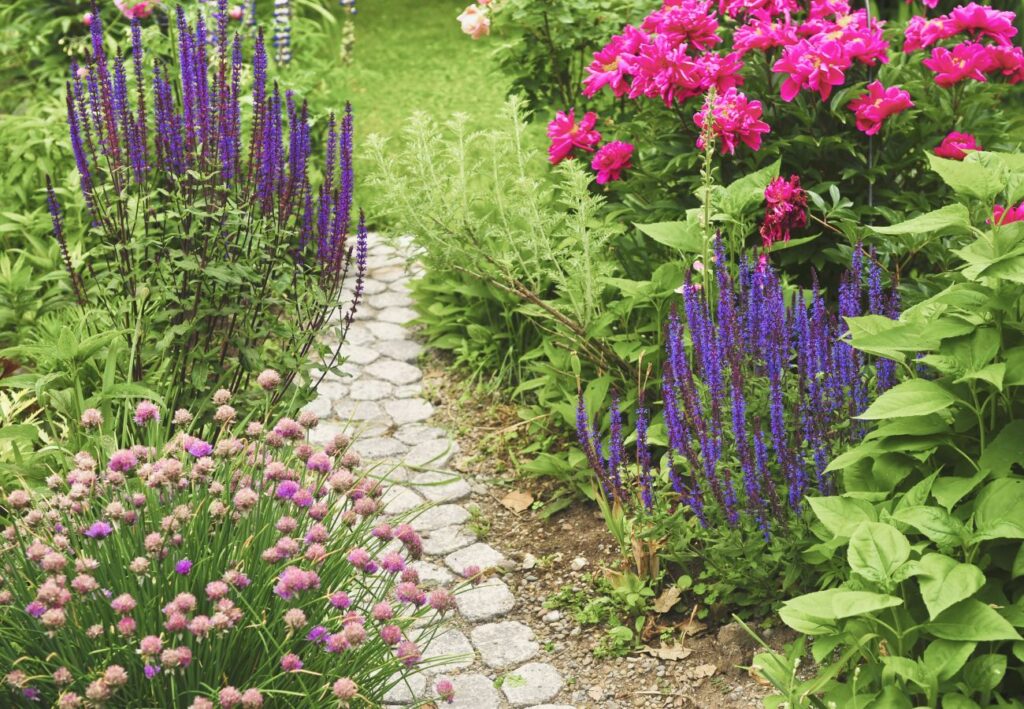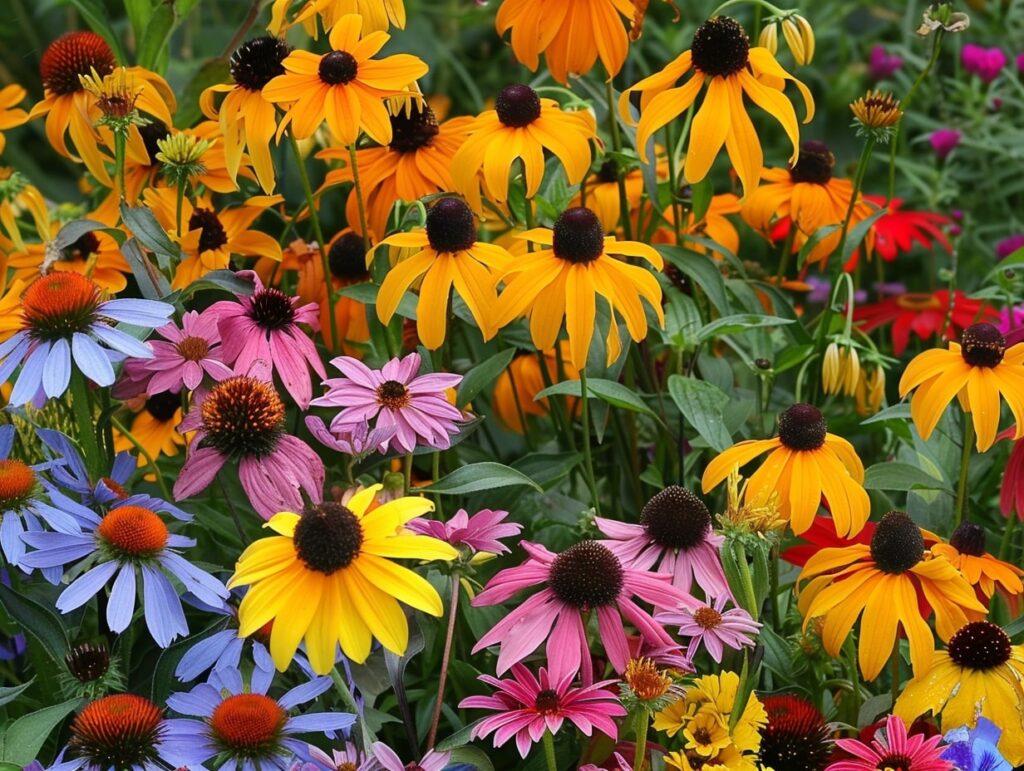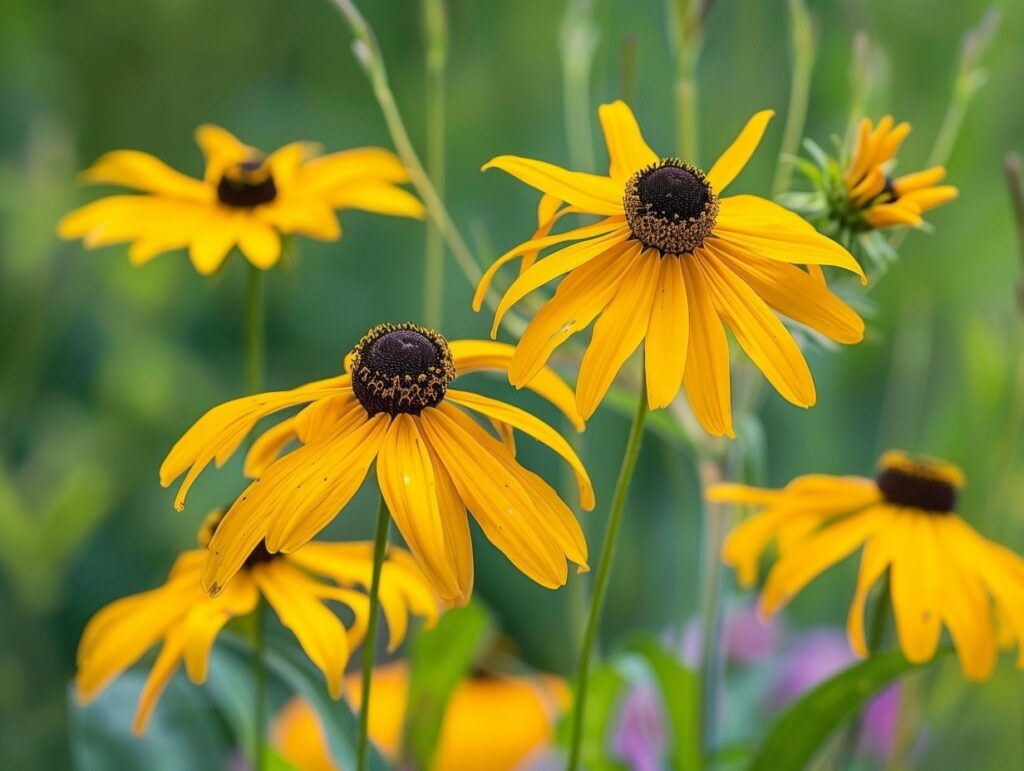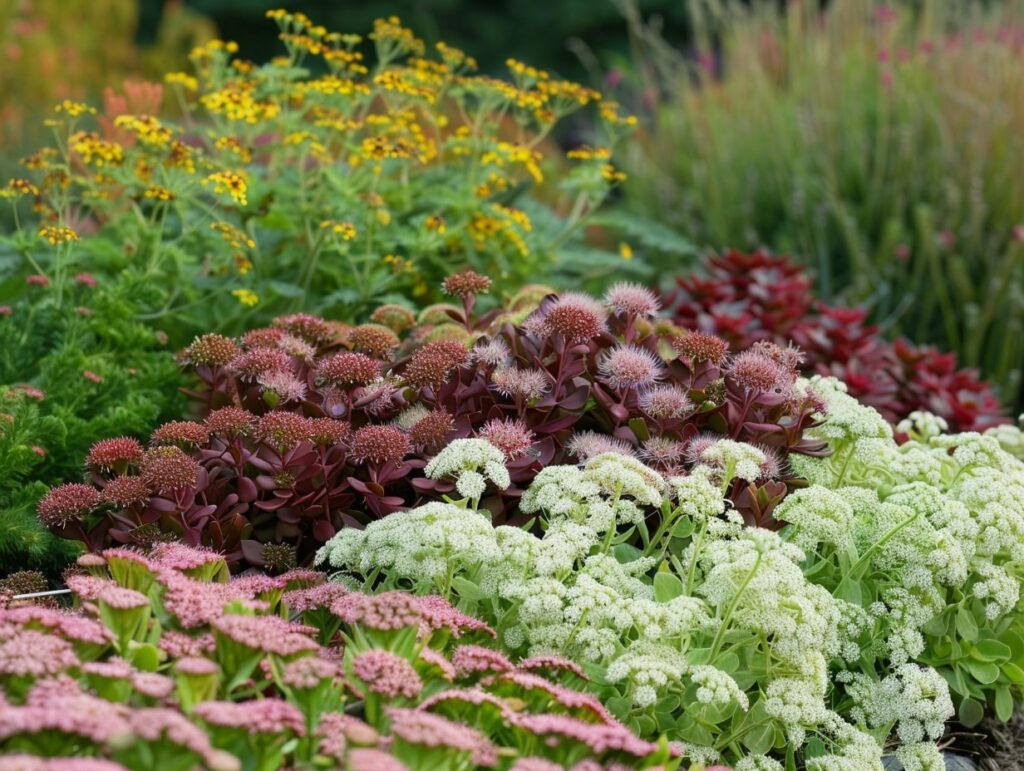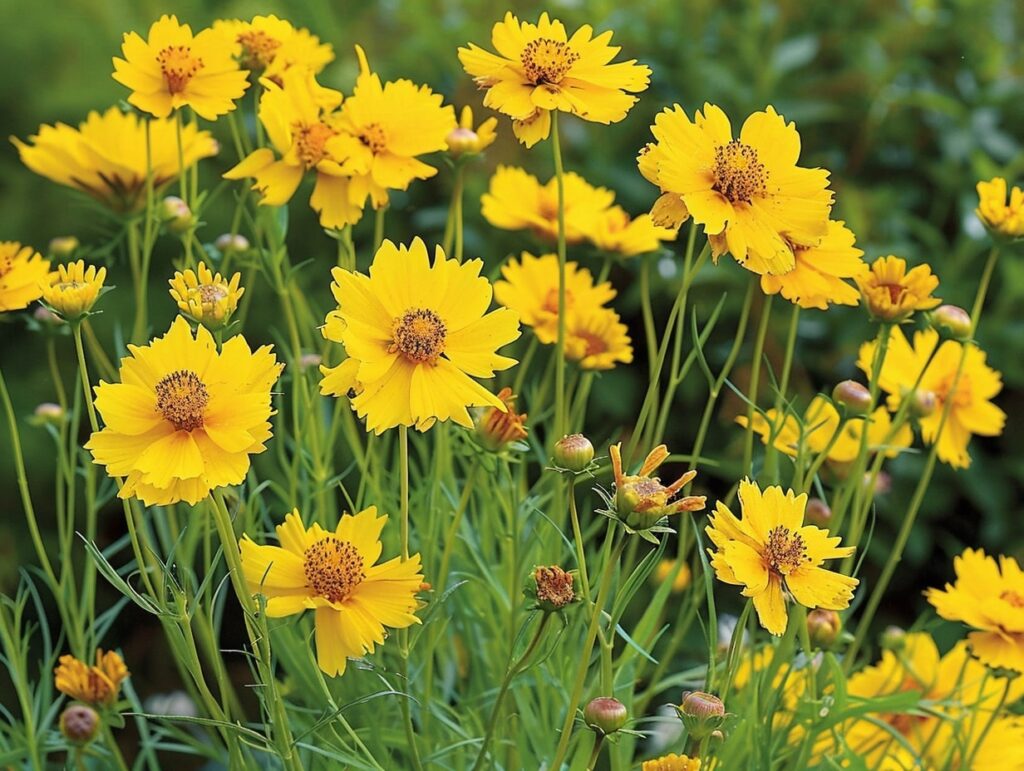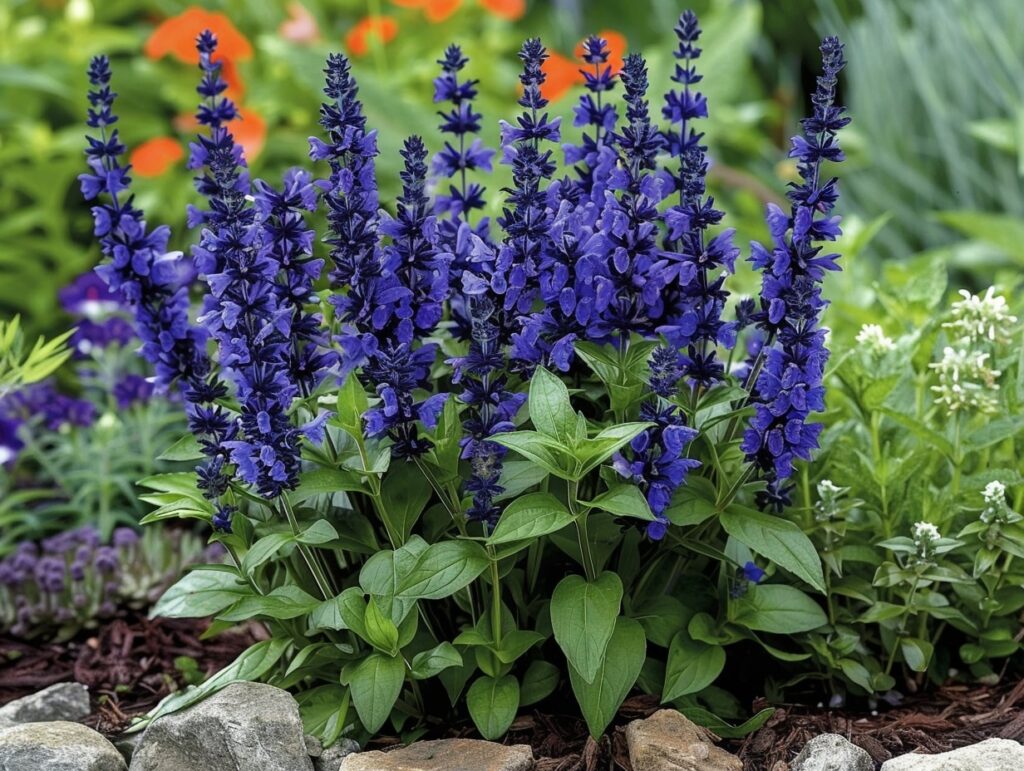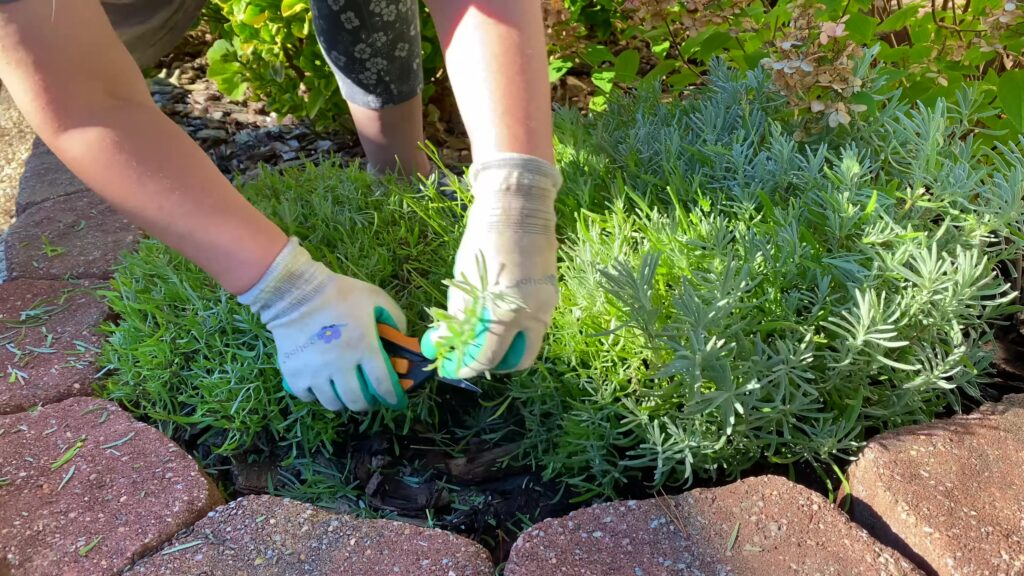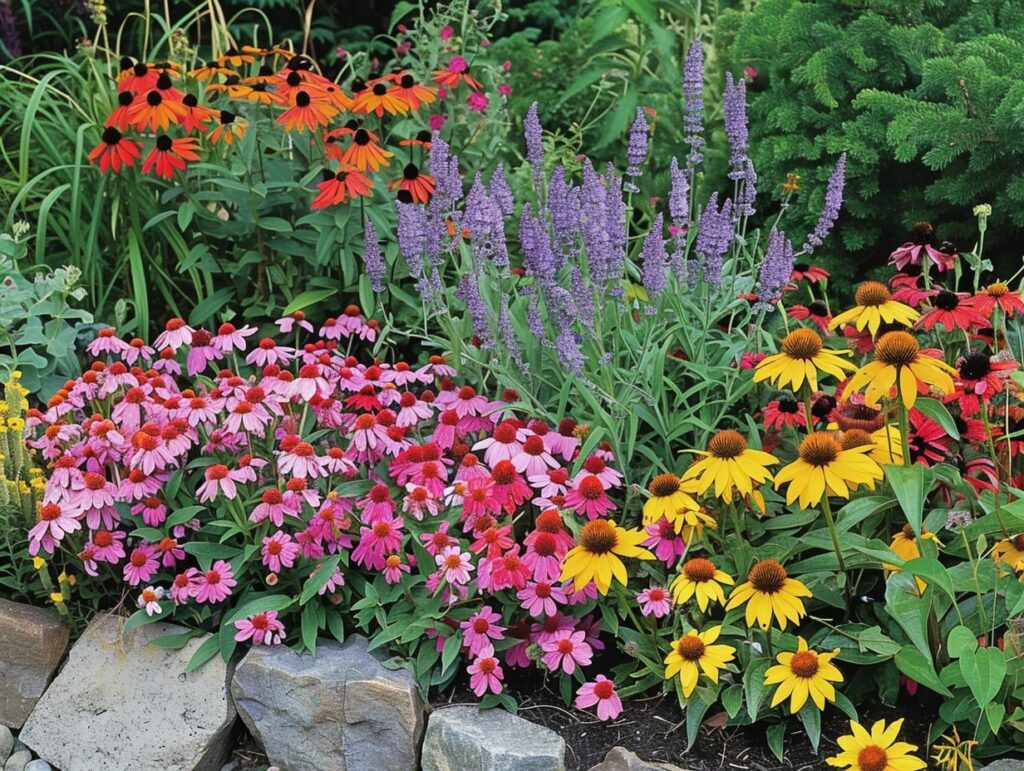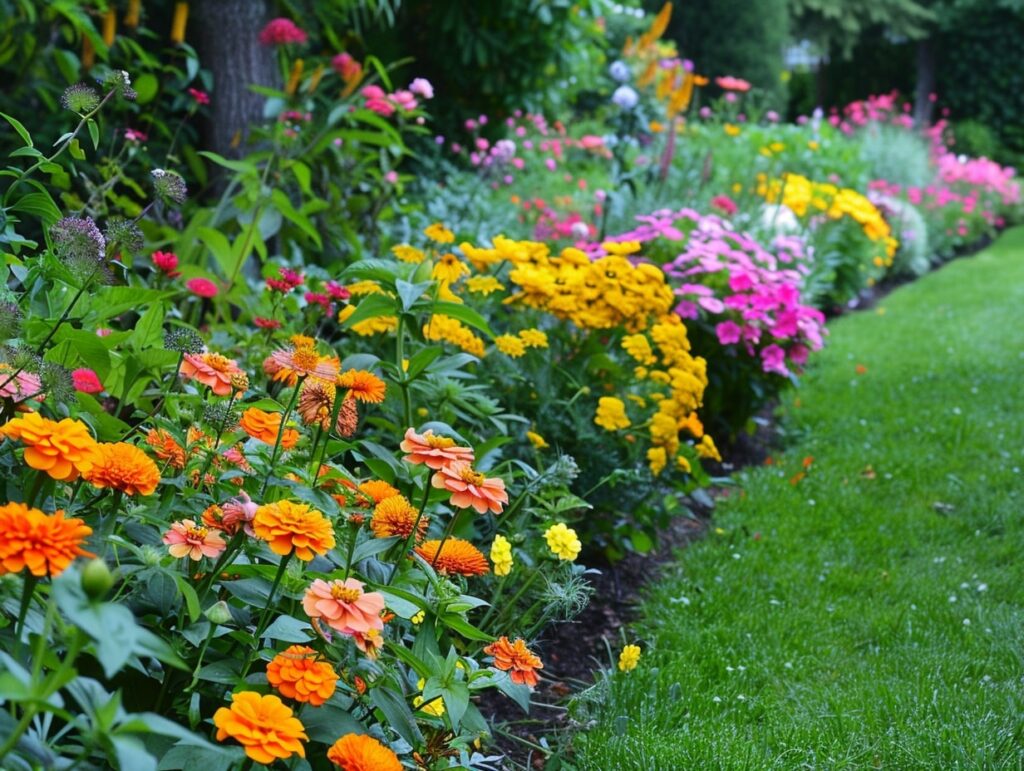Do you long for a garden that explodes with color and vitality all summer long? You’re in for a surprise! Unlock the magic of continuous blooms with these 9 perennials that will transform your outdoor space into a vivid paradise from June to August.
Picture yourself surrounded by a dazzling array of flowers every single day, creating an enchanting oasis right outside your door.
These perennials are not just visually stunning; they invite pollinators, infusing your garden with life and energy. From the sun-loving coneflower to the shade-thriving salvia, there’s a perfect match for every gardener.
Embark on this journey to discover the perennials that will make your summer garden a breathtaking, hassle-free retreat. Your dream garden awaits—let’s make it a reality!
What Are Long-Blooming Perennials?
Long-blooming perennials are plants that return year after year, producing flowers for extended periods, providing consistent beauty and interest in your garden. Key factors include their ability to withstand different conditions and their prolonged blooming season.
Defining Perennials
Perennials are plants that live for more than two years, returning each spring to provide enduring beauty. Unlike annuals which complete their life cycle in one season, perennials establish roots and develop stronger each year.
These plants offer multiple benefits including reduced maintenance and cost-efficiency. Over time, they can grow more robust, requiring less frequent replacement.
Importance of Bloom Duration
A longer bloom duration means your garden will enjoy color and vibrancy for weeks or even months. This is ideal for gardeners seeking continuous appeal without constant replanting.
Long-blooming perennials are especially valuable in landscapes where floral interest is desired throughout the growing season. These plants provide sustained periods of color, enhancing the aesthetic value of your garden spaces.
Top 9 Long-Blooming Perennials
These perennials will keep your garden vibrant with their extended blooming periods. Each plant has its own unique characteristics, making them excellent choices for continuous color throughout the summer.
Coneflower (Echinacea spp.)
Coneflowers are beloved for their striking, daisy-like blooms that come in various colors including purple, pink, and white. They thrive in full sun and well-drained soil, attracting pollinators like bees and butterflies.
You’ll find them drought-tolerant and low-maintenance, making them ideal for garden enthusiasts looking for a hardy plant.
Daylily (Hemerocallis spp.)
Daylilies offer a profusion of blooms in many shades, from yellows to deep reds. Each flower lasts only a day, but numerous buds on long stalks ensure a continual display.
They are adaptable to different soil types and are relatively pest-free. Daylilies excel in landscaped beds and borders, providing reliable and vibrant color.
Russian Sage (Perovskia atriplicifolia)
Russian Sage stands out with its silvery foliage and lavender-blue flowers. It prefers full sun and well-drained soil, performing well in hot, dry climates. The long-lasting blooms appear in midsummer and continue into fall.
Use Russian Sage for a touch of elegance in your perennial borders or as a companion to other sun-loving plants.
Black-Eyed Susan (Rudbeckia fulgida)
Black-Eyed Susans are characterized by their bright yellow petals and dark centers. They bloom from early summer to fall and maintain their cheerfulness in a variety of garden settings.
These plants are easy to grow, resistant to drought, and attract various pollinators including butterflies and bees. Ideal for meadows, borders, and wildflower gardens.
Catmint (Nepeta spp.)
Catmint is cherished for its abundant blue or lavender flowers and aromatic foliage. It blooms from late spring to early fall, attracting pollinators and beneficial insects.
Catmint adapts to different soil conditions and is drought-tolerant, making it a versatile choice for edging and ground cover. Trim after the first flush to encourage more blooms.
Sedum (Sedum spp.)
Sedums, also known as stonecrops, are succulents known for their fleshy foliage and clusters of star-shaped flowers. Blooming from late summer into fall, they come in a range of colors from white to deep red.
Sedums are drought-tolerant, making them excellent for rock gardens, borders, and containers. Their flowers also attract pollinators.
Lavender (Lavandula spp.)
Lavender is aromatic, with silvery-green foliage and spikes of purple flowers. Thriving in full sun and well-drained soil, it blooms from late spring to early summer, with some varieties extending into late summer.
Lavender is not only beautiful but also useful in culinary and craft projects. It’s ideal for herb gardens, borders, and as a scent-enhancing addition to your yard.
Coreopsis (Coreopsis spp.)
Coreopsis, or tickseed, delights gardeners with its sunny yellow flowers that bloom from late spring to fall. It thrives in full sun and well-drained soil, needing minimal maintenance.
Coreopsis attracts butterflies and is deer-resistant, making it a reliable choice for borders, pollinator gardens, and wildflower settings. Regular deadheading extends its blooming season.
Salvia (Salvia spp.)
Salvia, or sage, bursts with rich blue, purple, pink, or red flowers that attract hummingbirds and butterflies. Blooming from late spring to fall, it prefers full sun and well-drained soil.
Many Salvia species are drought-tolerant and pest-resistant. Use them in borders, containers, or as part of your butterfly garden for vibrant and lasting color.
Caring for Your Perennials
Proper care for your perennials involves ensuring they have the right soil and water, adequate sunlight and spacing, and regular pruning and maintenance. Each of these aspects plays a crucial role in maintaining healthy and vibrant flowers.
Soil and Water Needs
To thrive, long-blooming perennials require well-draining soil. Enriching the soil with organic matter like compost can significantly enhance their growth.
Watering should be consistent, especially during dry spells. Use a soaker hose or drip irrigation to provide deep watering. This encourages deep root growth.
Avoid waterlogging the soil, as this can lead to root rot. Check the soil moisture regularly and adjust watering as needed.
Sunlight and Spacing
Most perennials prefer full sun, which means about 6-8 hours of direct sunlight per day. However, some varieties thrive in partial shade, so it’s essential to know the specific needs of your plants.
Proper spacing is crucial to prevent overcrowding. Overcrowded plants compete for light, water, and nutrients, which can reduce blooming. Follow plant-specific spacing recommendations to ensure each plant has enough room to flourish.
Pruning and Maintenance
Regular pruning promotes new growth and extends the blooming period. Deadheading, or removing spent flowers, encourages plants to continue producing blooms. Use clean, sharp tools for cutting to prevent disease.
Mulching around the base of perennials helps retain moisture, suppress weeds, and regulate soil temperature. Apply a 2-3 inch layer of organic mulch such as shredded bark or compost.
Inspect your plants regularly for signs of pests and diseases. Early intervention can prevent minor issues from becoming major problems.
Designing Your Summer Garden
Create a vibrant summer garden by focusing on color combinations and themes and incorporating annuals for contrast.
Color Combinations and Themes
When planning your garden, think about color harmony. Pairing complementary colors like blue and orange creates striking visuals. Consider analogous colors—colors next to each other on the color wheel—for a serene feel, such as various shades of purple and blue.
Choose a theme that fits your garden’s style. A cottage garden might feature pastel pinks and purples, while a tropical theme could include bold reds and yellows. Mixing textures adds depth—think spiky leaves with soft petals.
Incorporating Annuals for Contrast
Add annuals to enhance your perennials. Annuals like marigolds and zinnias can fill gaps with vibrant color. Use bold annuals to draw attention to specific areas, creating focal points.
Try planting annuals in containers for flexibility. This allows you to move them around, maintaining visual interest throughout the season. Grouping plants with different heights adds dimension, making your garden look lush and dynamic.
Transforming your garden into a vibrant, summer-long paradise is within reach with the right selection of perennials.
By choosing from these 9 magical perennials, you can enjoy continuous color, attract pollinators, and create a lively, thriving outdoor space that requires minimal maintenance.
From the striking coneflowers to the elegant Russian Sage, each plant on this list offers unique characteristics that can suit any gardener’s preferences and garden conditions.
Remember, the key to a successful garden lies in understanding the needs of your plants. Ensuring proper soil, consistent watering, adequate sunlight, and regular maintenance will keep your garden blooming beautifully.
Additionally, incorporating thoughtful design elements like color combinations and themes, along with strategic use of annuals, can further enhance the visual appeal and dynamism of your garden.
As you embark on this gardening journey, you’ll discover the joy and satisfaction that comes from nurturing a space that is not only aesthetically pleasing but also buzzing with life.
So, get ready to dig in and watch your garden flourish with these stunning, long-blooming perennials.
